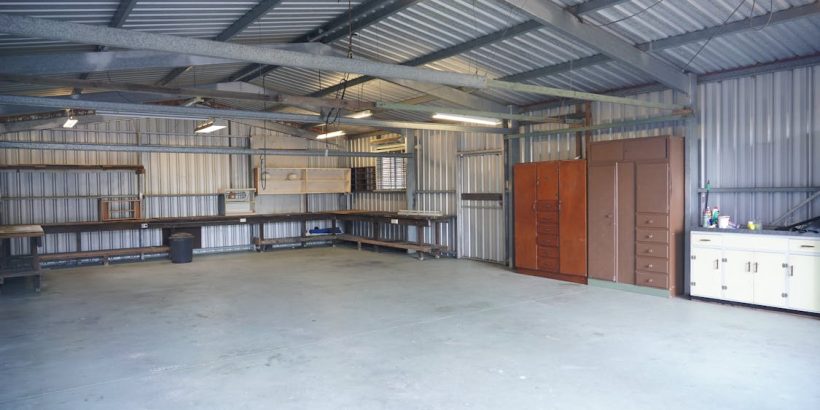Botox injections have become a popular choice for those looking to reduce fine lines and wrinkles. While the procedure is relatively quick and straightforward, caring for your skin afterward is equally important to ensure optimal results.
The days and weeks following your treatment can make a significant difference in how your skin reacts and heals. Here’s a comprehensive look at how to take care of your skin after Botox injections.
Immediate Aftercare
Once the injections are done, it’s common to experience minor swelling or redness at the injection sites. This usually fades within a few hours.
To manage any discomfort, applying a cold compress can help. Just be gentle, as excessive pressure on the treated areas may not be beneficial.
Avoid touching or massaging the areas where Botox was injected for at least 24 hours. This helps ensure the Botox stays in the intended spots and doesn’t migrate to other areas of your face.
It’s also wise to refrain from strenuous exercise or activities that might increase blood flow to your face. This means no hot yoga, intense cardio, or even heavy lifting. Keeping your heart rate steady can aid in the healing process.
Keep It Clean
Maintaining a clean face is vital following Botox treatments. Use a mild cleanser, preferably one without harsh chemicals, to wash your face. Gently pat your skin dry with a clean towel, avoiding any aggressive scrubbing that could irritate the area.
It’s also essential to steer clear of any exfoliating products or treatments for at least a week after your injections. These can disrupt the healing process and potentially lead to adverse effects. Stick to gentle skincare routines, and remember: less is often more.
Hydration is Key

Hydration plays a significant role in skin health. Drinking plenty of water helps flush out toxins and supports your skin’s natural glow.
Additionally, using a quality moisturizer helps maintain skin hydration levels. Look for moisturizers that are free from irritating fragrances and heavy chemicals.
Incorporating hyaluronic acid-based products can be a game changer. Hyaluronic acid helps retain moisture and keeps your skin plump.
By applying a gentle layer of this after your cleansing routine, you can enhance your post botox injection glow and maintain the smooth, youthful appearance that you’re aiming for.
Sun Protection Matters
Sun exposure can be quite harmful after any skin treatment, including Botox. Your skin may be more sensitive than usual, making it imperative to apply a broad-spectrum sunscreen with an SPF of at least 30.
Reapply every two hours if you’re outside, and consider wearing a wide-brimmed hat for extra protection.
Avoid direct sunlight for the first few days following your injections. Unprotected sun exposure can lead to pigmentation changes, which can be frustrating to deal with.
Avoid Certain Products and Treatments
In the days following your Botox session, certain skincare products should be avoided to prevent irritation or complications.
Avoid retinoids, alpha-hydroxy acids, and salicylic acid for at least a week. These ingredients can lead to skin sensitivity and might not play well with the healing process.
Similarly, steer clear of facials, chemical peels, or microdermabrasion treatments for the first two weeks post-injection. These procedures can cause undue stress on your skin, and it’s best to let your skin rest and recover.
Watch for Side Effects
While Botox is generally safe, it’s wise to be aware of potential side effects. Some individuals may experience minor bruising, swelling, or headaches.
If you notice any unusual symptoms, such as difficulty swallowing, breathing, or an unexpected rash, reach out to your healthcare provider immediately.
Keeping an eye on how your body responds can help address any concerns early on. Most side effects are manageable and temporary, but it’s always better to be cautious.
Patience is a Virtue
Remember, the full effects of Botox can take several days to manifest. While some results may be noticeable right away, optimal results usually appear within two weeks.
Patience is key. Resist the temptation to judge your results prematurely. Give your skin time to adjust and settle into the treatment.
Mind Your Makeup
If you’re eager to return to your regular makeup routine, it’s best to wait at least 24 hours after your Botox session. When you do start applying makeup, opt for mineral-based foundations and products that are less likely to irritate your skin.
Be gentle when applying makeup, and avoid any heavy layering or tugging on the skin. A light touch will help preserve the effects of the treatment while keeping your skin healthy and happy.
Lifestyle Adjustments
Certain lifestyle choices can influence how effectively your skin heals after Botox. Prioritize sleep, as restorative rest is essential for cellular repair and rejuvenation. Aim for seven to nine hours of quality sleep each night, and try to maintain a consistent sleep schedule.
Nutrition also plays a significant role in skin health. Eating a balanced diet rich in vitamins and antioxidants can support the healing process. Foods like berries, leafy greens, and nuts provide the nutrients your skin craves.
Follow-Up Appointments
Don’t overlook the importance of follow-up consultations with your injector. These appointments allow your injector to assess your results and address any concerns.
If you feel that the results aren’t what you expected, discussing this with your provider can lead to adjustments or recommendations for future treatments.
Establishing a good relationship with your injector can be invaluable. They can offer personalized advice and help you navigate the specifics of your skin type and concerns.
Be Gentle
After Botox, your skin is in a sensitive state. Treat it kindly. Avoid picking at any spots or scabs that may form, as this can lead to scarring or infection. Instead, keep your fingers away from your face as much as possible.
Gentleness extends to your skincare routine. When applying products, use a soft motion and avoid anything that requires aggressive rubbing. Let your skin heal and recover without additional stressors.
Stay Informed
Knowledge is power when it comes to skincare. Stay updated on the latest recommendations and practices for post-Botox care.
Frequenting reputable skincare blogs or consulting with dermatologists can provide valuable insights into maintaining your skin’s health after treatments.
Beyond skincare, understanding what to expect from Botox can help manage your expectations and enhance your experience. Knowing when to seek help or what products to avoid can make a world of difference.



















